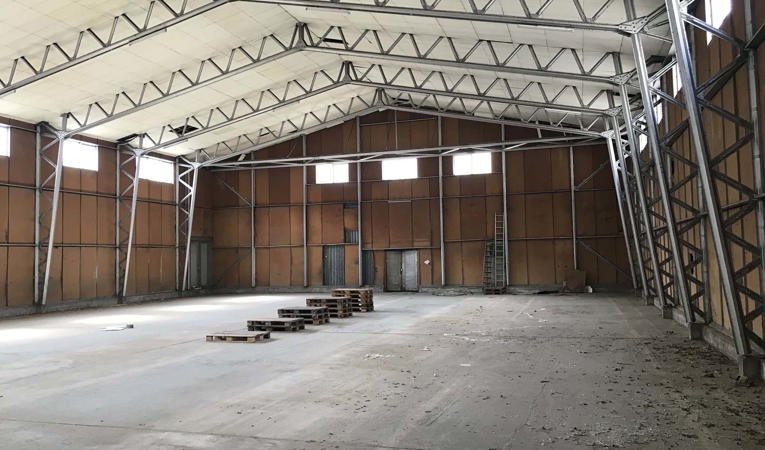- Research projects : /en/applied-research/institutes/transform/research-projects/
- Equipment : /en/applied-research/institutes/transform/equipment/
- Team : /en/applied-research/institutes/transform/team/
- Agenda : /en/applied-research/institutes/transform/agenda/
- News : /en/applied-research/institutes/transform/news/
- Research projects : /en/applied-research/institutes/transform/research-projects/
- Equipment : /en/applied-research/institutes/transform/equipment/
- Team : /en/applied-research/institutes/transform/team/
- Agenda : /en/applied-research/institutes/transform/agenda/
- News : /en/applied-research/institutes/transform/news/
POLYNORM – Pilot project for the reuse of an industrial hall

Summary
Structural and Territorial Heritage
Smart Living Lab, Nouvelle Politique Régionale (NPR), Plan climat
Morand SA, La ressourcerie, Loxam, Roth échafaudage, PQH Holding, centre suisse de la construction métallique (SZS), swisspor, Thommen, Saidef, Nicolas Grandjean Architektur, Jeker Architecture, spaceshop Architekten
Nicolas Grandjean
August 2022 - August 2024
A case study of the disassembly and reuse of an industrial hall under a circular economy framework
Project POLYNORM aims to demonstrate the utility and impact that building reuse can have in the construction industry. An emblematic structure will be built out of components reclaimed from the POLYNORM building, a decommissioned industrial hall that was slated for demolition. The construction project, which will be treated as a case study, entails the disassembly and removal of the PLOYNORM hall, followed by its redeployment with an entirely new function on a new location. The project can therefore be said to have two distinct phases: a de-POLYNORM phase and a re-POLYNORM phase.
The first phase took place between August 8 and September 23, 2022, and resulted in the establishment of a methodology for disassembly processes in reuse projects (video of the dismantling of the hall in September 2022). A demonstration unit for the principles of the circular economy was created to facilitate knowledge transfer to local companies and schools.
The second phase of the project will illustrate the value of reused metal structures in architectural, urbanistic, energetic and environmental terms. Project POLYNORM will enable the creation of a model for building reuse on a large scale, documenting the strengths of the approach as well as the obstacles involved, and serving as an example for other construction projects. In the context of the climate emergency, a broader adoption of building reuse is more important than ever.
Erected in 1958 by the CAFAG company, the POLYNORM hall is a non-insulated warehouse covering a surface of approximately 688 m². It is a dry construction composed of folded sheet metal elements, whose modular and lightweight design makes it particularly efficient in terms of material use. It is also a structure that lends itself to disassembly and reassembly.
The biggest cost associated with building reuse is the required manpower—a significant obstacle in the current economic landscape. However, the steadily rising price and limited availability of construction materials are likely to change the cost equation in the near future and to improve the cost-effectiveness of building reuse. It is therefore essential to begin developing an expertise network for building reuse in the construction sector.
At the level of urban planning, public bodies need solutions that favour the creation of material loops between demolition sites on the one hand and reconstruction projects on the other. In the logic of circular, rather than linear, urban metabolisms, material loops make it possible to reduce both incoming flows of construction materials and outgoing flows of construction site waste.
Project team
Prof. Nicolas Grandjean Skills inventory HES-SO
Prof. Séréna Vanbutsele Skills inventory HES-SO
Prof. André Jeker Skills inventory HES-SO
Prof. Reto Mosimann Skills inventory HES-SO
Coll. scient. Agnès Collaud Skills inventory HES-SO